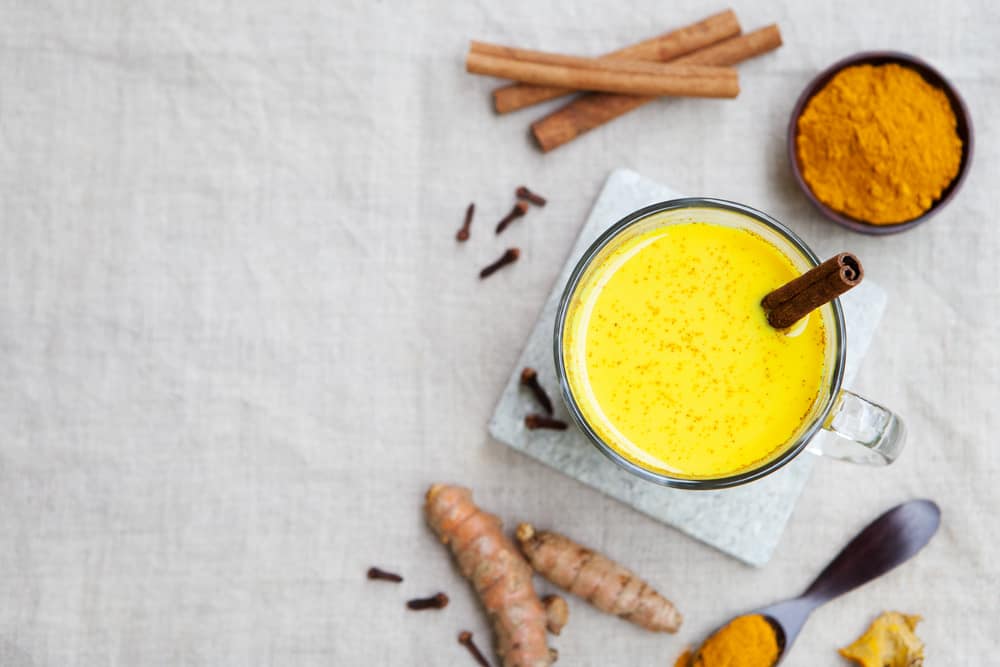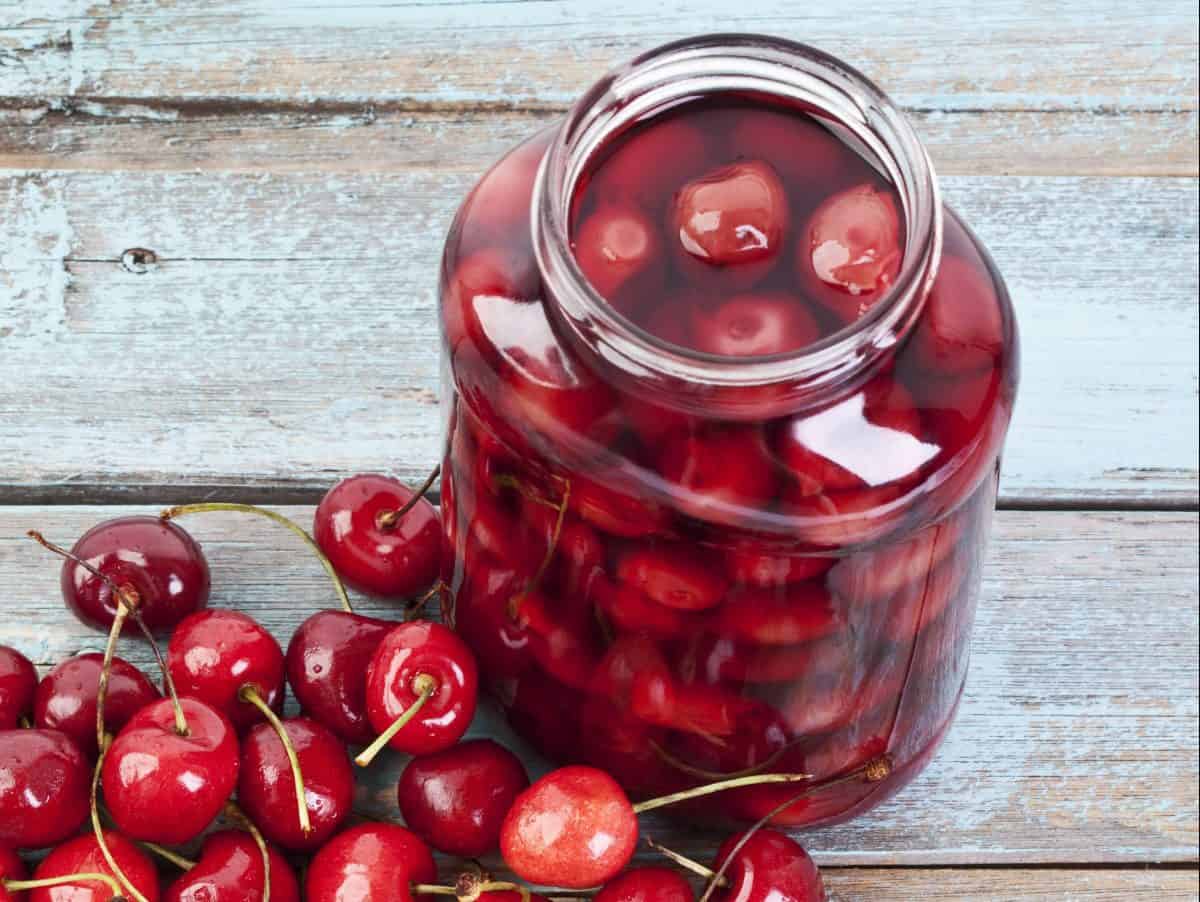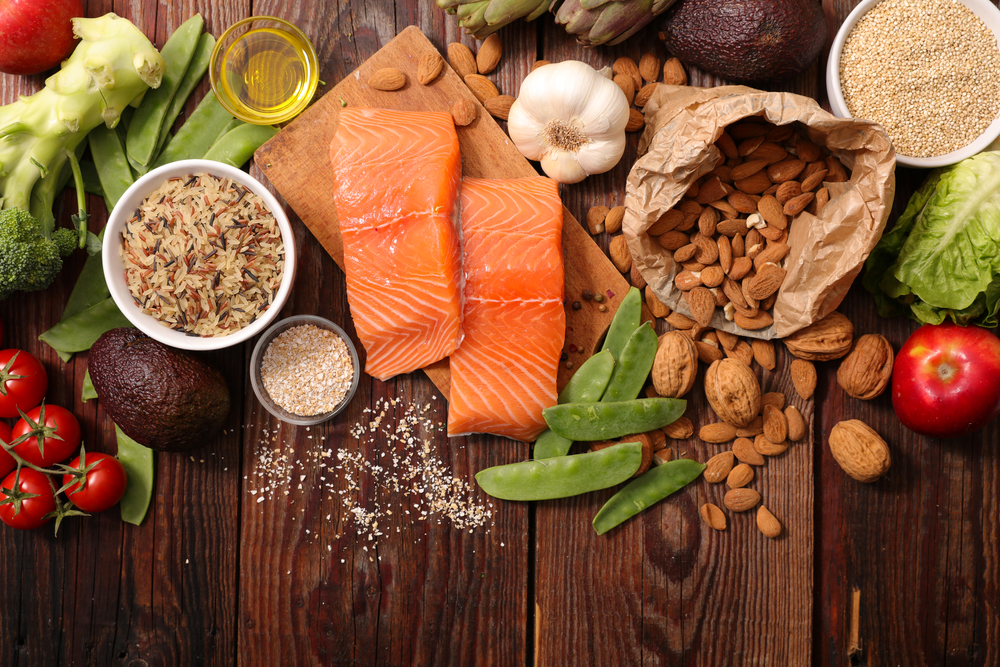Contents:
- Medical Video: How to Create a Healthy Plate
- 1. Pay attention to protein levels
- 2. Calcium for bones
- 3. Make small changes
- 4. Enjoy cooking outside
- 5. Include seeds and peas in your menu
- 6. Try different types of vegetables
- 7. Make small changes while in the restaurant
- 8. Nuts are the best snack
- 9. Get vitamin B12
Medical Video: How to Create a Healthy Plate
A vegetarian diet can be a healthy choice. The key is to consume various types of food and the right amount of food to meet your calorie and nutritional needs, so you will not be malnourished.
1. Pay attention to protein levels
Your protein needs can be easily fulfilled by eating various types of plant foods. Protein sources for vegetarians include grains and peas, beans, and soy products (such as tofu, tempeh). Vegetarians lacto-ovo can also get protein from eggs and foods containing dairy products.
2. Calcium for bones
Calcium is used to build bones and teeth. Some vegetarians consume dairy products, which are the best sources of calcium. Other calcium sources for vegetarians include soy milk, tofu made with calcium sulfate, processed calcium breakfast cereals, orange juice, and some vegetables with dark leaves (collard, radish, and bok choy).
3. Make small changes
Many main foods can be processed as a vegetarian menu, from rice uduk, grilled rice, pasta, pizza, lasagna, even burritos and ramen.
4. Enjoy cooking outside
For barbecues, try vegetable or soybeans, soybean hot dogs, tofu or tempeh satay, and fruit kebabs. Roasting vegetables is also a great idea!
5. Include seeds and peas in your menu
Because of the high nutritional content, eating whole grains and peas is recommended for everyone, whether vegetarian or not. Enjoy in salads, bean soup, or in soup.
6. Try different types of vegetables
Various types of vegetarian products look (and probably feel) just like other non-vegetarian products but are usually low in saturated fat and do not contain cholesterol. For breakfast, try sausages from soybeans. For dinner, instead of eating a regular hamburger, try a grain or falafel burger.
7. Make small changes while in the restaurant
Most restaurants can make modifications from the menu by replacing sauces without meat or other non-meat products, and adding vegetables or pasta instead of meat. Ask about vegetarian options available at the restaurants you visit.
8. Nuts are the best snack
Choose beans without salt as a snack and use them in salads or main meals. Add almonds, walnuts, or pecans instead of cheese or meat in a green salad.
9. Get vitamin B12
Vitamin B12 is naturally found in animal products. Vegetarians should choose processed foods such as cereals or soy products, or take vitamin B12 supplements if they do not consume animal products. Check the list of vitamin B12 nutrients in processed product packaging.












